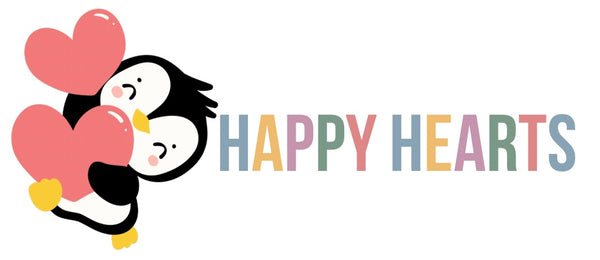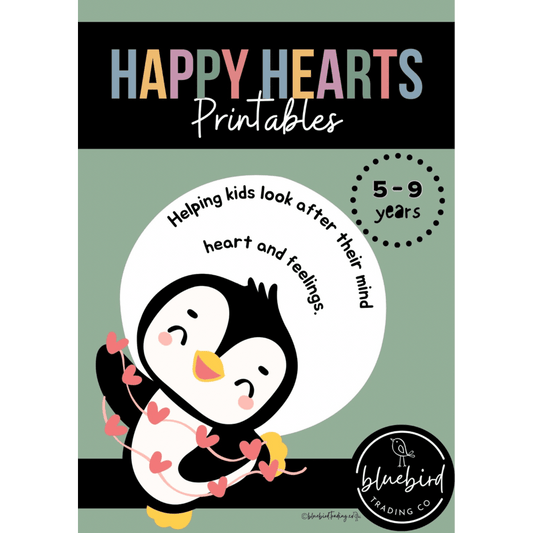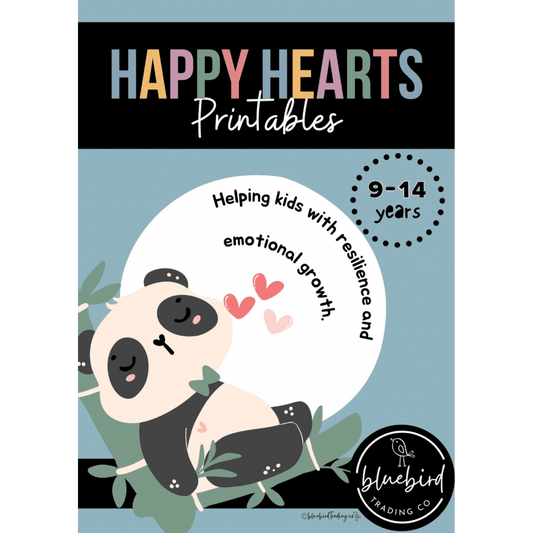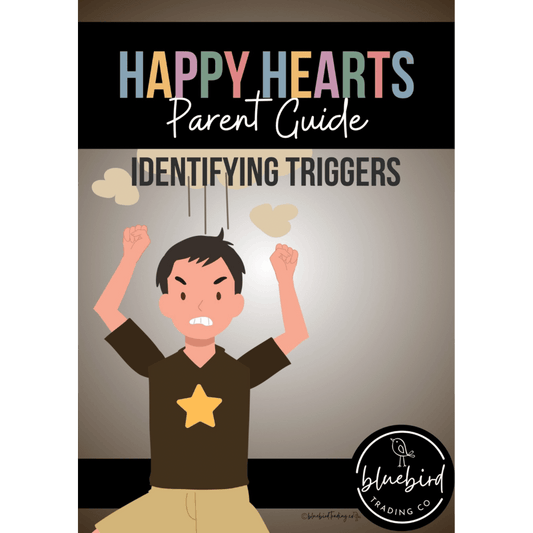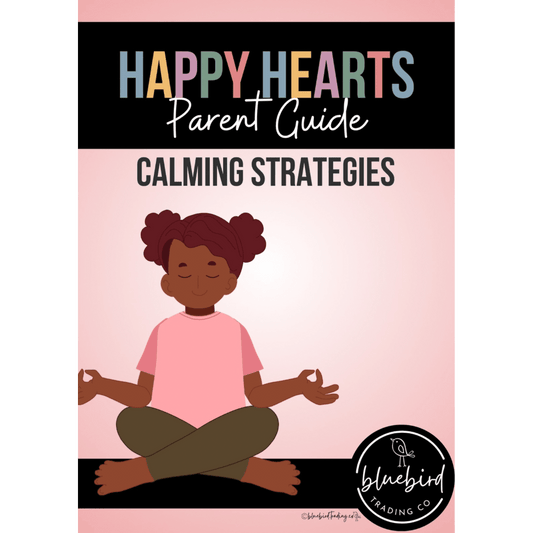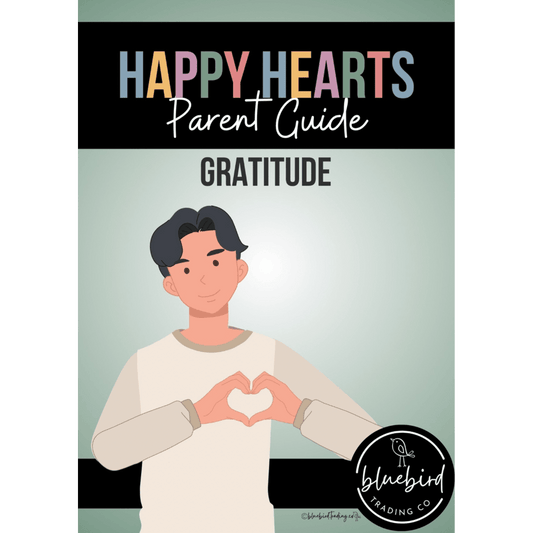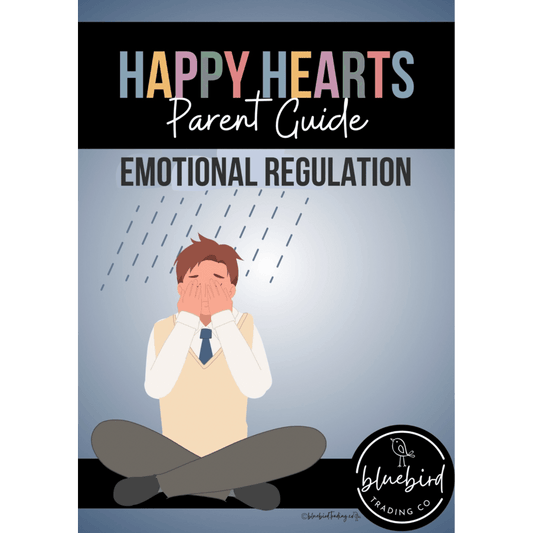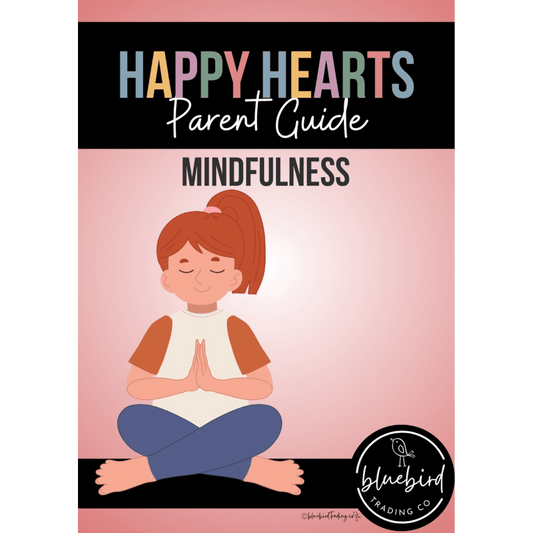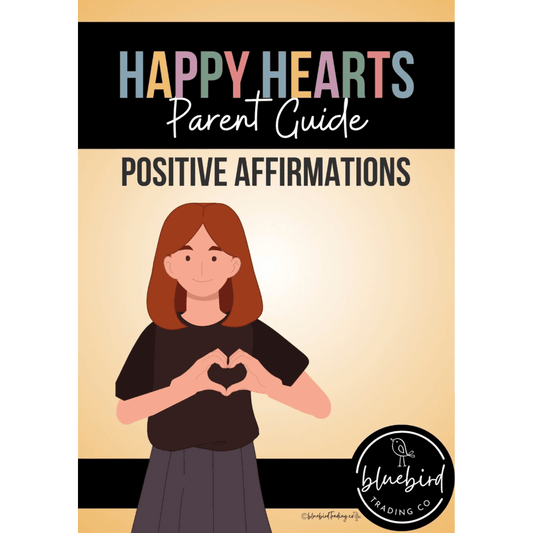Emotional Regulation for Kids: First Step - Know the Triggers
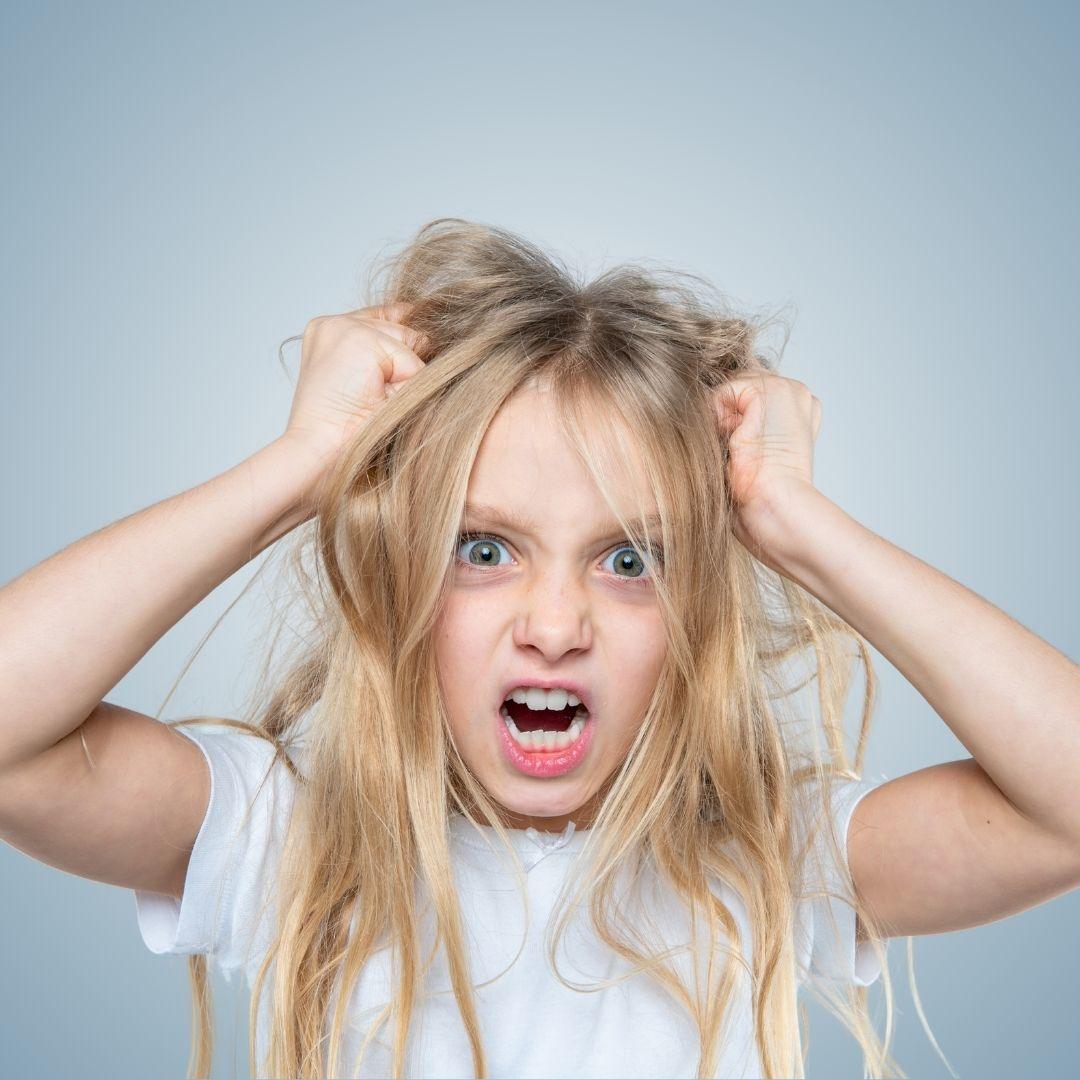
Emotional Regulation for Kids: First Step - Know the Triggers
Big emotions can overwhelm little minds and bodies. If your child seems to go from calm to meltdown in seconds, you’re not alone. Emotional regulation is a skill - and like any skill, it starts with understanding the root cause. The first (and most important) step is: Identifying the emotional triggers.
When kids understand what sets off their emotional reactions, they’re more empowered to manage them. As a parent, helping your child recognise their triggers can be the key to calmer, more emotionally balanced days.
What Are Emotional Triggers in Children?
Emotional triggers are specific situations, people, words or environments that cause a child to feel big, intense emotions—like anger, fear, frustration, worry or sadness. Triggers can vary from child to child and aren’t always obvious.
Common triggers include:
• Loud noises or sensory overload
• Transitions or sudden changes in routine
• Feeling misunderstood or not listened to
• Academic pressure or fear of failure
• Social conflict or peer rejection
• Hunger, tiredness or overstimulation
Why Knowing Triggers Helps With Emotional Regulation
When kids know what upsets them, they can:
• Anticipate emotional reactions and prepare themselves
• Ask for help or use coping tools before reaching a meltdown
• Build self-awareness and confidence in managing emotions
• Feel more in control, even when situations are tough
For parents, knowing the triggers means fewer surprises and more proactive support.
How to Help Your Child Identify Their Triggers
1. Start with Gentle Conversations
Talk with your child after a big emotion has passed. Ask questions like:
• “What happened right before you started feeling upset?”
• “Were there any sounds, words or actions that bothered you?”
• “How did your body feel when that happened?”
2. Use a Trigger Tracker
Create a simple journal or chart with columns for:
• What happened
• Where it happened
• Who was involved
• How your child felt
3. Watch for Patterns
Notice if certain routines, places or times of day often lead to emotional outbursts. This helps you predict and plan around those difficult times.
4. Explore with Role Play or Drawing
If your child struggles to describe feelings, act out or draw situations that make them upset. This works well for younger children.
5. Normalize Triggers and Emotions
Let your child know everyone has triggers - it’s part of being human. Use affirmations like: “It’s okay to feel upset. We’re learning what makes it happen so we can work through it together.”
What Comes Next: Building Regulation Tools
Once you know your child’s triggers, you can start building a regulation toolbox - deep breathing, a calming corner, positive self-talk and sensory strategies. But it all begins with awareness.
Take the First Step with Confidence
Helping your child understand their triggers isn’t about avoiding tough moments - it’s about giving them the tools to face those moments with calm and confidence. You’re laying the foundation for emotional strength that will last their lifetime.
Looking for tools to get started?
Download our Happy Hearts Printable Activities Pack to help your child recognise their feelings and build emotional awareness in a gentle, child-friendly way.
